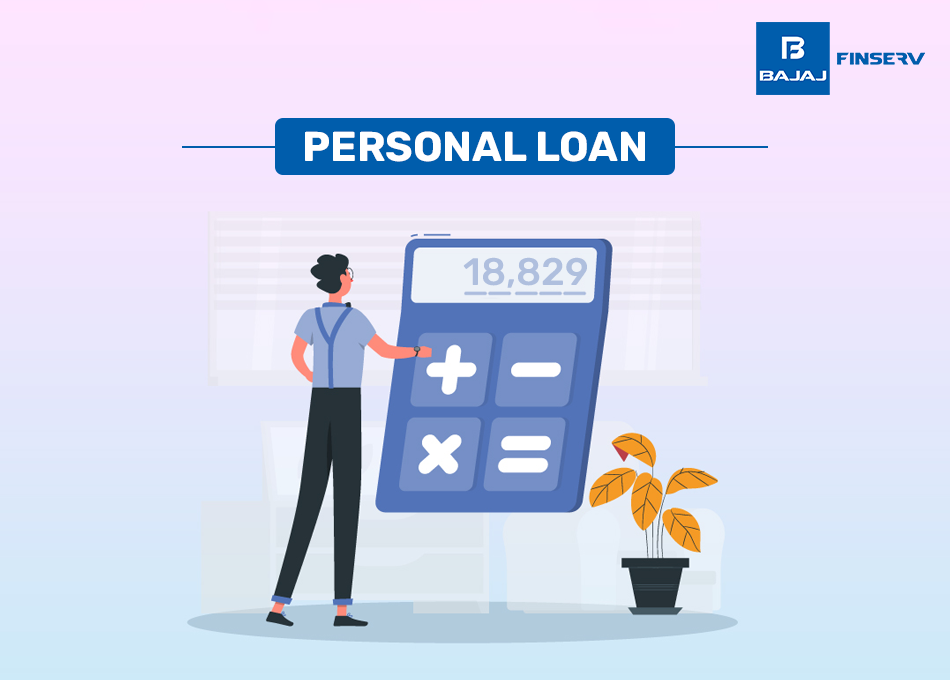In today’s fast-paced digital world, PayPal is a go-to platform for secure online transactions. However, even the most trusted service can present issues. One of the most frustrating problems users encounter is being locked out of their PayPal account. Whether it’s due to forgotten passwords, suspicious activity, or security concerns, not being able to access your funds or make a transaction can be incredibly stressful.
If you’re currently facing this issue, don’t panic. This comprehensive guide will walk you through the steps to regain access to your PayPal account, prevent future lockouts, and improve your account’s security for smooth and uninterrupted service.
Why Do PayPal Accounts Get Locked?
Before jumping into the solutions, it’s important to understand why PayPal accounts get locked in the first place. Account lockouts typically occur for several reasons:
- Suspicious Activity: PayPal may lock an account if it detects any activity that appears suspicious, such as multiple failed login attempts, a sudden change in login location, or unusual spending patterns.
- Forgotten Password: Perhaps the most common reason for a lockout is a forgotten password, especially if the user repeatedly attempts to log in with incorrect details.
- Inactive Accounts: If an account has been inactive for an extended period, PayPal may flag it for security reasons, requiring additional verification to regain access.
- Policy Violations: If PayPal’s terms of service are violated, whether knowingly or unknowingly, PayPal might temporarily lock the account while it investigates.
- Account Hacking: In some cases, if a hacker attempts to gain access to your PayPal account, PayPal’s security protocols might lock the account to protect the user from unauthorized activity.
How to Unlock Your PayPal Account
1. Reset Your Password
The most straightforward reason for being locked out is an incorrect password. Here’s how you can reset your password:
- Step 1: Go to the PayPal login page.
- Step 2: Click on “Having trouble logging in?” you will get this option under the login field.
- Step 3: Enter the email address associated with your PayPal account.
- Step 4: PayPal will either send you an email with a password reset link or ask you security questions to verify your identity.
- Step 5: Follow the instructions to create a new password and regain access to your account.
Pro Tip: Use a password manager to securely store and easily retrieve your new password, reducing the risk of future lockouts.
2. Two-Factor Authentication (2FA) Issues
If you’ve enabled Two-Factor Authentication (2FA) on your account for added security, it’s possible that you’re being locked out because the 2FA code wasn’t received or entered correctly.
- Step 1: Ensure your mobile device has a stable network connection.
- Step 2: Check your SMS inbox or authentication app (such as Google Authenticator or Authy) for the latest code.
- Step 3: If you still can’t get the code, opt for PayPal’s alternative verification options, such as answering security questions or receiving a verification email.
3. Account Verification via Email or Phone
If PayPal detects suspicious activity, they may temporarily limit access and require additional verification. You will likely receive an email or notification explaining the steps to verify your identity.
- Step 1: Check your registered email for a message from PayPal.
- Step 2: If prompted, click the link in the email to confirm your identity.
- Step 3: If you don’t receive an email, you can initiate the verification process manually by logging into your PayPal account and following any prompts to submit the necessary documentation, such as an ID or utility bill.
4. Contact PayPal Customer Service
If the self-service methods don’t resolve the issue, contacting PayPal’s customer service is your next best step. Here’s how to reach them:
- Phone Support: Call PayPal’s customer support for immediate assistance. Be ready to verify your identity by providing information such as your account email, recent transactions, or security questions.
- Chat or Email Support: You can also reach out via their chat function or email support, although response times may vary.
Pro Tip: When contacting customer service, always use PayPal’s official website or app to avoid phishing scams. Never share sensitive information over email unless you’re certain you’re communicating with PayPal directly.
How to Avoid Future PayPal Lockouts
1. Enable Two-Factor Authentication (2FA)
Two-Factor Authentication adds an extra layer of security to your account. Even if someone manages to get hold of your password, they’ll need access to your phone to complete the login process. Here’s how to set it up:
- Step 1: Go to your PayPal account settings.
- Step 2: Navigate to the security section and find the 2FA option.
- Step 3: Choose whether you want to receive authentication codes via SMS or through an authenticator app.
Once 2FA is enabled, make sure to keep your phone accessible and secure at all times.
2. Update Contact Information Regularly
Ensure that your PayPal account always has your most up-to-date email address and phone number.
3. Review Your Recent Activity
Regularly reviewing your PayPal transactions can help detect suspicious activity early, allowing you to report potential issues to PayPal before they escalate. Report unauthorised transactions immediately.
- Avoid Public Wi-Fi for Login
Logging into PayPal over unsecured public Wi-Fi can expose your account to hackers. Always use a secure network or a Virtual Private Network (VPN) when accessing your PayPal account.
What to Do If Your Account Is Hacked
If your account is hacked then, you have to follow :
- Step 1: Immediately change your PayPal password.
- Step 2: Check your recent transactions for any unauthorized payments and report them to PayPal.
- Step 3: Contact PayPal customer support and follow their instructions to secure your account.
Additional verification will be asked to restore access.
Conclusion
Getting locked out of your PayPal account can be inconvenient, but with the right steps, it’s usually a temporary issue that can be resolved quickly. Always start by resetting your password or completing the necessary verification steps. In more complex cases, reach out to PayPal’s customer service for assistance.






